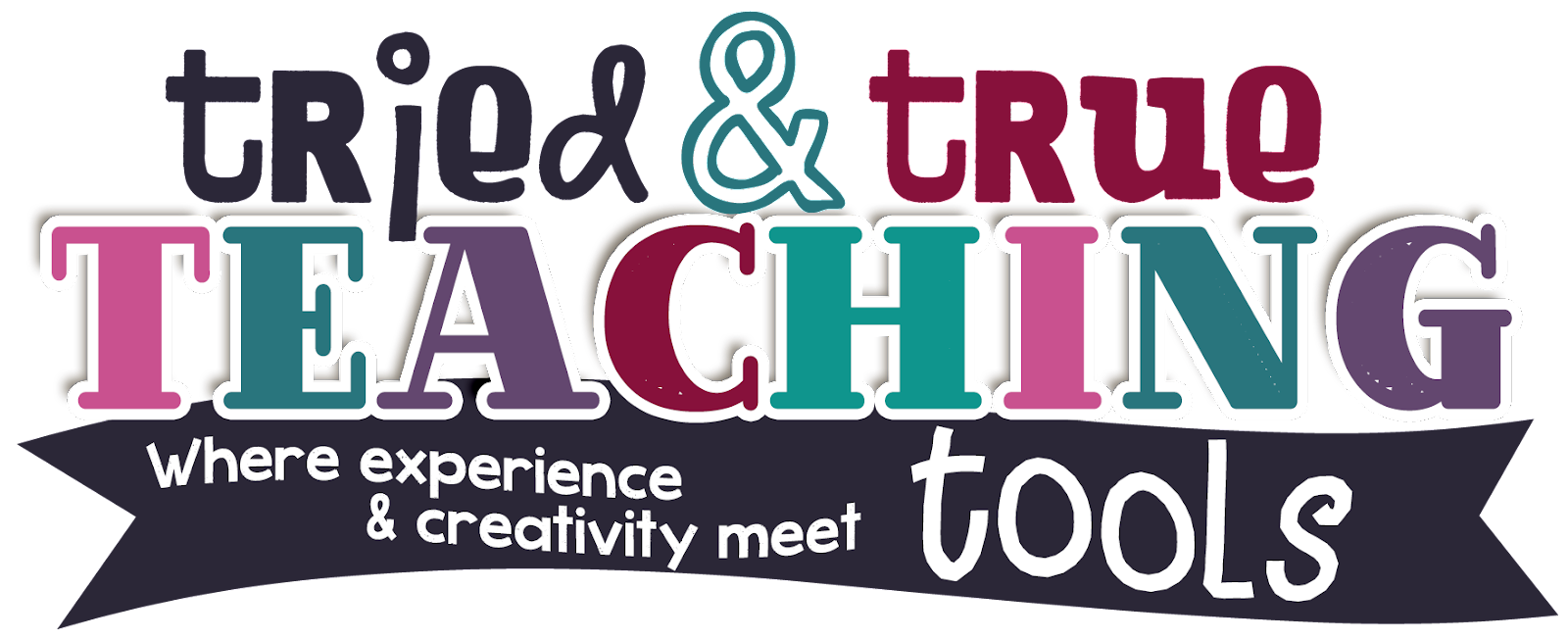For students to most accurately gather information (other than the plethora of websites about Native Californians), having books and print materials is crucial! I have a range of books available for students (and they make for excellent mini-lessons on accessing informational text).
While students are researching, teach them to take notes. Cornell Notes are a simple, yet effective way to gather information, then summarize it. Click HERE to download your FREE Cornell Notes template.Once students have taken notes from at least two different resources, they think of how to best represent what they learned in a visual way. I'm an enthusiastic scrapbooker and I've seen how my daughters love to look over their own scrapbooks again and again. Writing index cards of information (already summarized from their Cornell notes!), is not as daunting a task as writing a "report" on a California tribe. Students decide what to draw to represent the information they learned.
Again, talking about non-fiction text structures lends itself to writing section headings, table of contents, labels and captions on pictures. The kids love using fancy scissors to cut out a frame/mat around their text boxes and images. Each group of students compiled their individual pages of information into a specific California tribe's scrapbook.
They made scrapbook covers by ripping tissue paper and using starch to adhere and overlap the pieces onto cardboard. We cut then taped a hinge in the top cover so it could lay flat and open. After punching two holes in the left side, The kids especially loved feeding a rubberband through the two holes then wrapping the rubberband around a stick(s). The scrapbooks are beautiful and my students loved using the stick because it looked "so real and nature-y". And just like my daughters loving to look through their own childhood scrapbook, my students want to read each other's California tribe scrapbooks!
In this season of gratitude, to thank YOU for following, reading, and listening, enter the rafflecopter to win a $100 gift card of your choice: Amazon, TpT, Tieks, or Starbucks!
a Rafflecopter giveaway









BEAUTIFUL scrapbooks. I am always inspired when I read your posts, and this one addresses one of my big pet peeves with history education. Thank you, too, for the amazing freebie. I'm not familiar with it and can't wait to try it out myself. YOU are a GEM and I wish we could work together!
ReplyDeleteThanks, Tracy! Cornell notes are a simple strategy that works! I wish we could work together, too!! (So we're doing the next best thing! LOL)
DeleteTerrific project! So important for children to know their history. I would love to see more in the schools.
ReplyDeleteI agree, Margo! And knowing all perspectives to history is so important!
Delete